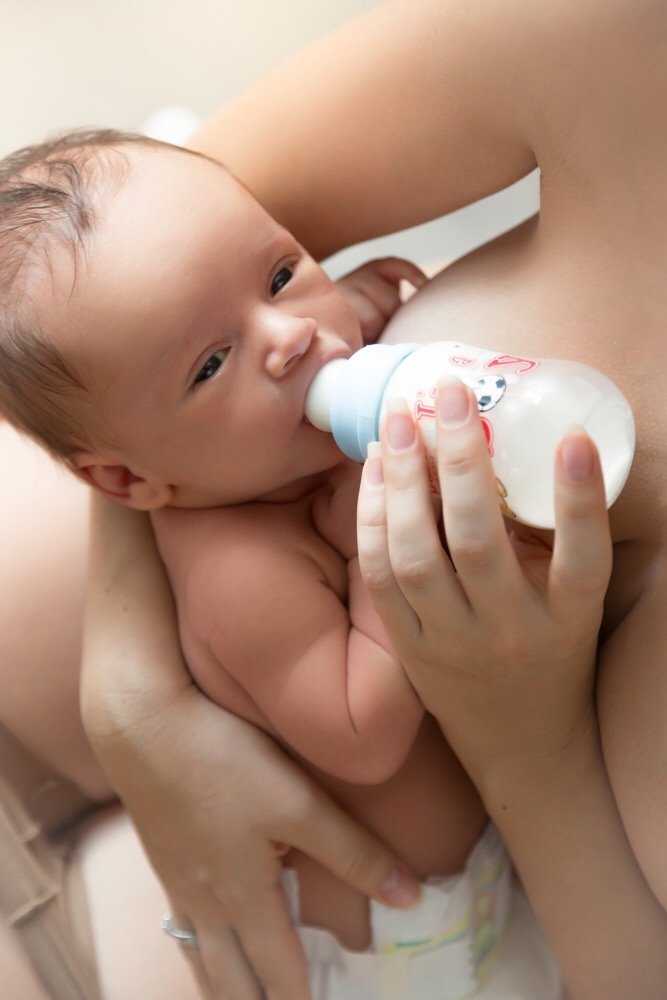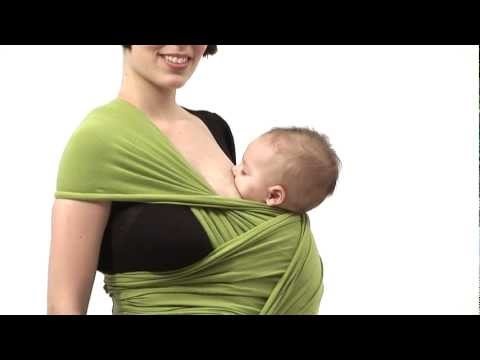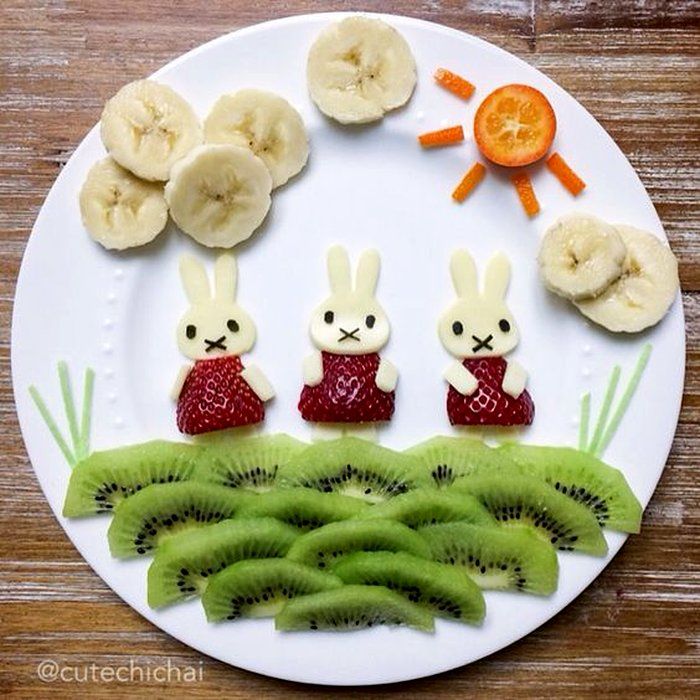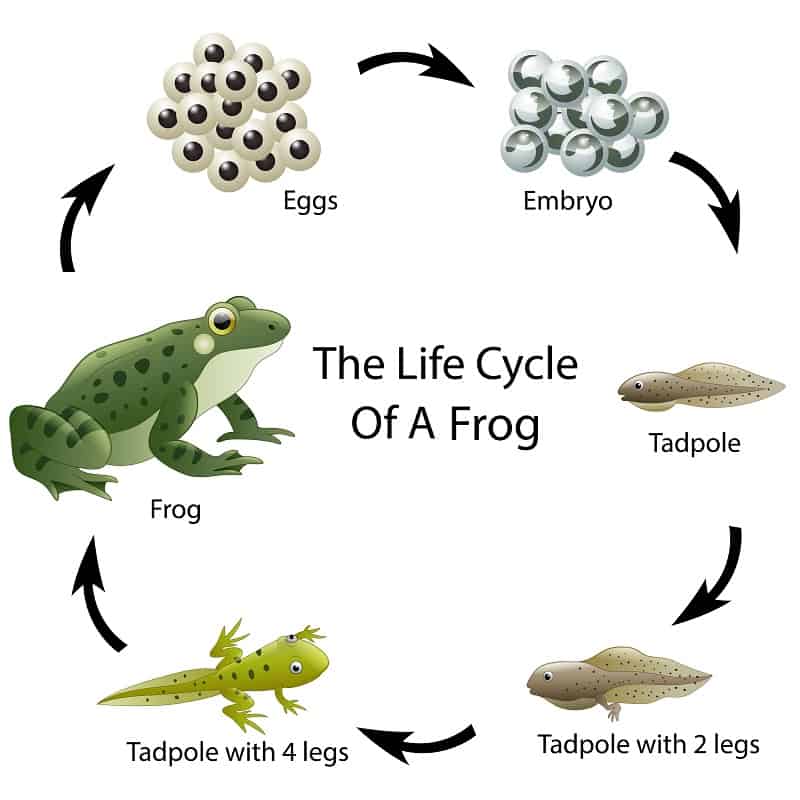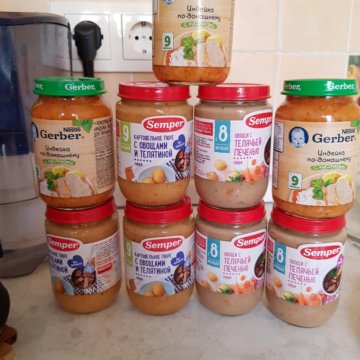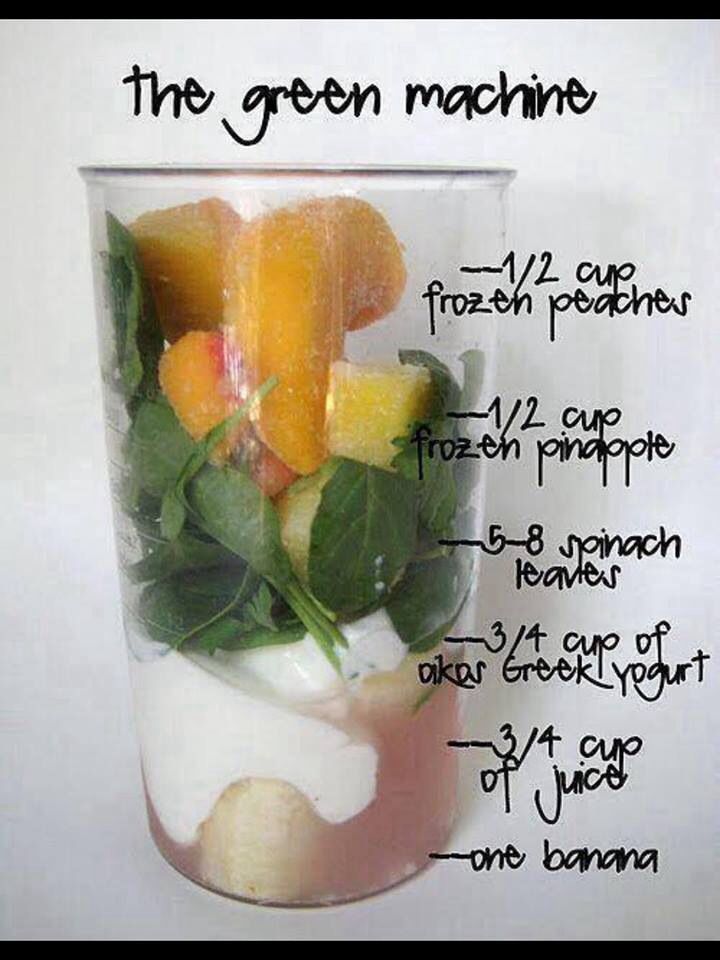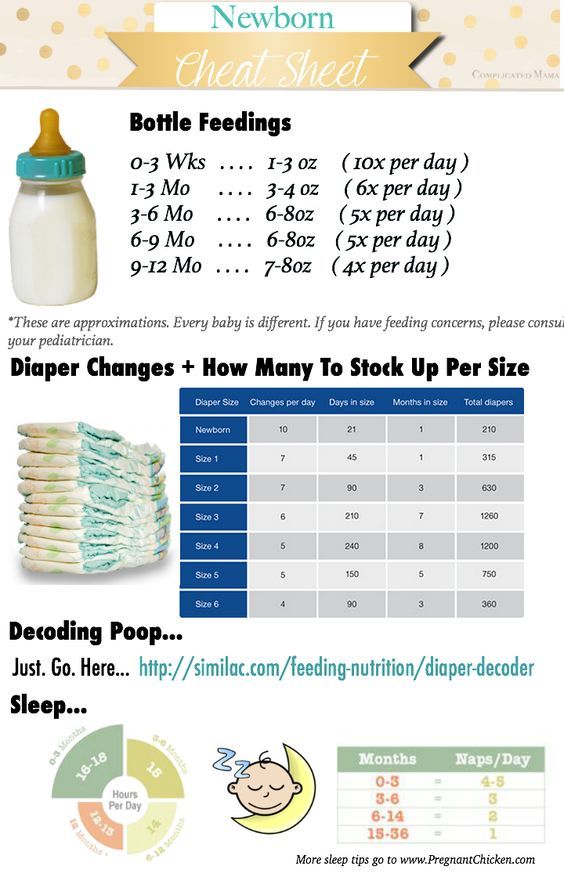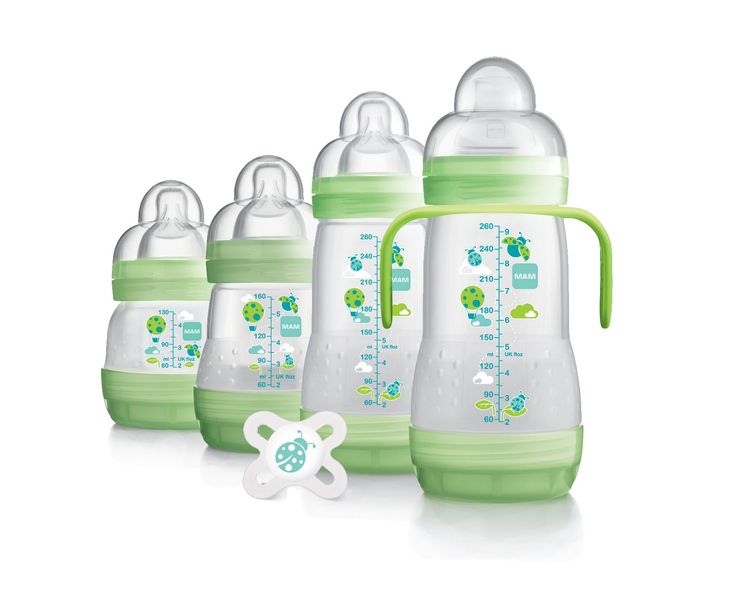Baby bird feeding tube
Force Feeding / Gavage / Tube Feeding
Administering Medication … Hand Feeding Methods … Handfeeding Protocol … List of Handrearing Supplies Needed … Handfeeding Formula for Softbills / Turacos
Force feeding, also known as Tube or Gavage feeding – is a method of feeding, in which the food is pumped into the crop through a tube that has been put down the esophagus and into the crop.
Punctured Crop:
If the tube is pushed too far, or if the baby / bird jumps, the tube may be pushed through the crop membrane and the outer skin to cause a puncture. If this happens, food put into the crop will leak out of the puncture.
The only way to correct this problem is to suture the inner and outer layers of the crop and skin. Antibiotics must be administered to prevent infection. If left uncorrected, infection will set in, and the baby will starve to death because the crop will no longer hold food.
Delayed Weaning / Insufficient Socialization:
Tube feeding bypasses the bird’s natural feeding response and chicks fed this way may take longer to wean and be poorly socialized.
Breeders may choose this method as a quick way to feed many chicks. The resulting chicks may develop behavioral problems as the feeding sessions themselves are part of the bonding process.
Tube Feeding Instructions
Provided by Dr. Rob Marshall, Avian Vet – http://www.birdhealth.com.au
Utensils For Crop Feeding:
A syringe and crop needle should be used for crop feeding. In between feeds, boil the utensils, etc., so as to prevent any food spoilage and subsequent infections. The utensils are soaked in a Water Cleanser after cleaning. Any formula must be made fresh and the leftovers discarded.
Amounts and methods for feeding ER formula
The size of crop needle and amount of Formula are as follows:
| Bird Type and Size | Crop Needle Size and Length | Amount of Formula Fed |
| Orphaned Wild Birds | Syringe or small spoon | 3ml |
| Budgerigar-sized | 18 gauge, 3cm long | 3ml |
| Cockatiel-sized | 16-17 gauge, 5cm long | 5mls, 2 times daily |
| Pigeon and Galah-sized | 21-14 gauge, 7cm long | Pigeons: 20mls, 2 times daily.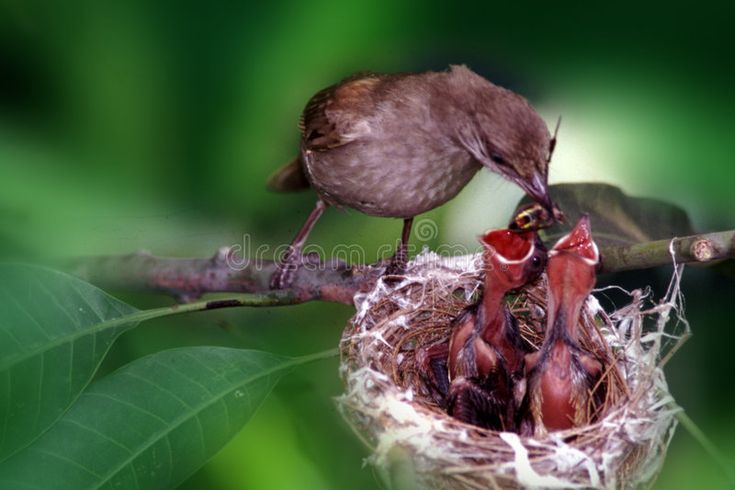 Parrots: 10mls, 2 times daily. |
| Ducks and Chickens | Stomach tube | 50mls, 2 times daily. |
Tips for Preparing the Formula
- Hold the small cup in the larger bowl so that the hot water keeps the formula warm.Adding a couple drops of hot water from the tap at a time, use the butter knife or back of the spoon to mix the powder into a paste.Use the knife or spoon to squash the formula against the side of the cup to smooth out all lumps.Continue adding a couple drops of hot water at a time until the formula is the consistency of maple syrup.It is best not to make the formula in the microwave. Mix by hand with the hot water and double check the temperature before feeding.Continue feeding for one day after the bird is seen eating seed on its own.
Spilled food around the bird’s face should be cleaned with a warmed cleaned cloth before it dries. A “bib” may help keep the feathers clean, as well as a fine warm water mist spray over the body when weather is hot, but prevent chilling.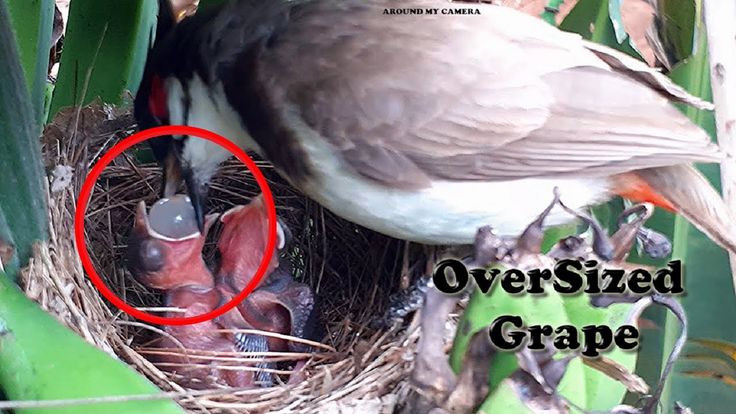
The Crop Needle Technique
Some tips when crop needling birds (The crop needle is a blunt needle or crop tube passed gently and directly into the crop.):
- Always lubricate the crop needle prior to use. A small amount of spit, oil or Vaseline helps the tube to slide into the fragile and often dry oesophagus.
- Make the formula very warm and fresh each meal. Pre-warm the syringe and needle. Use hot water and not a microwave to heat the formula, as this avoids “hot spots” that burn the crop lining.
- Clean and disinfect the crop needle and feeding syringe after every feeding.
- Extend the neck as the needle is slowly introduced from the right side of the beak into the left side of the back of the mouth. The crop needle is then passed gently into the crop. Check it is in the crop by feeling for the crop needle through the skin on the outside of the crop. Now slowly inject the formula into the crop.
- Fill the crop with the formula.
 Stop when the tongue moves in a swallowing motion and then quickly but gently remove the needle. Medication may also be mixed into the ormula.
Stop when the tongue moves in a swallowing motion and then quickly but gently remove the needle. Medication may also be mixed into the ormula. - Immediately return the bird to the heated hospital cage / brooder.
For sick birds, Dr. Marshall recommends the following to hydrate and provide crucial nutrition to your bird patient.
- Emergency Rescue Formula Alternatives
- Glucodin 5% (glucose powder) and hot water.
- Honey 5% and hot water.
- Polenta (corn powder) or rice flour and hot water.
- Strained baby food.
Notes: This formula is used for seed-eating birds and not for Lorikeets. Lorikeets are best fed grapes, apple puree or apricot juice by spoon, rather than by a crop needle.
NEED A VET?
USA: Find Your Local Avian Veterinarian
Information contained on this website is provided as general reference only.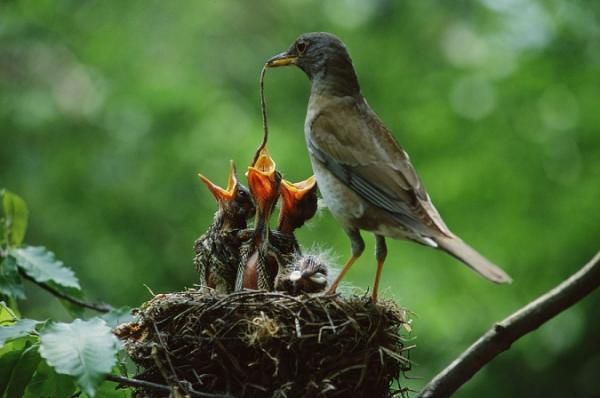 For application to specific circumstances, professional advice should be sought.
For application to specific circumstances, professional advice should be sought.
Please Note: The articles or images on this page are the sole property of the authors or photographers. Please contact them directly with respect to any copyright or licensing questions. Thank you.
Micro Syringes/Hand Feeding Tools/Breeding Supplies
Micro Syringes/Hand Feeding Tools/Breeding Supplies
|
1ml w/attached plastic crop tubeHave you tried hand feeding This 1CC Syringe with the custom designed crop tube attachment makes crop feeding baby finches possible. The soft flexible tube is Syringe Cleaning Instructions: Clean in cold water. Please recycle plastics! Smooth for handfeeding baby bireds.
| |||||||
Albatrosses cut their feeding time for bold and elderly partners
Wandering albatrosses go out in search of food, taking into account the interests of a partner who is left to incubate the egg or take care of the chick. Ornithologists came to this conclusion after observing 71 pairs of these birds on Possession Island in the Crozet archipelago. For example, albatrosses that have bolder or older mates tend to spend less time at sea. This is how they ensure that their spouse does not lose too much weight and leave the nest. The results of the study were published in an article for the journal Ecology and Evolution .
Albatross (Diomedeidae) mating pairs sometimes persist for many years. For example, the famous female dark-backed albatross ( Phoebastria immutabilis ) named Wisdom, which is considered the oldest wild bird in the world, has bred almost every year for eleven years with a male named Akekamai (for the past two years, he, unfortunately, has not shown on the native atoll).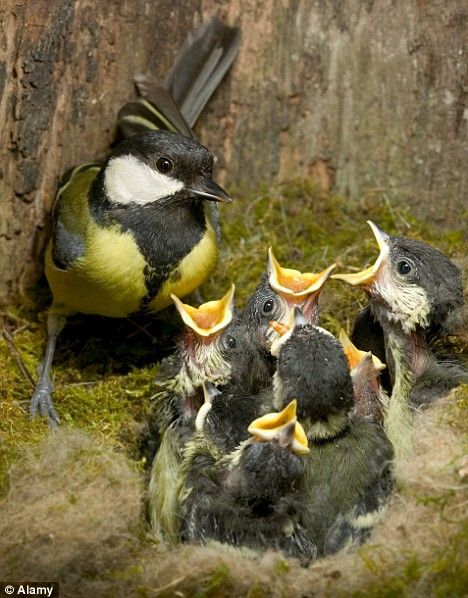 Albatrosses-partners equally share the responsibility for caring for offspring. For example, while one of the partners feeds in the sea, the other incubates the egg or warms the newly hatched chick. At the same time, a bird that is busy hunting has to take into account that if it lingers too much, its partner who stayed at home may lose a lot of weight or even abandon the nest. nine0005
Albatrosses-partners equally share the responsibility for caring for offspring. For example, while one of the partners feeds in the sea, the other incubates the egg or warms the newly hatched chick. At the same time, a bird that is busy hunting has to take into account that if it lingers too much, its partner who stayed at home may lose a lot of weight or even abandon the nest. nine0005
A team of ornithologists led by Fionnuala R. McCully from the University of Liverpool decided to learn more about how wandering albatrosses ( Diomedea exulans ) divide care for offspring. The researchers focused on the population of these birds from Possession Island in the Crozet Archipelago. Native albatrosses breed once every two years. In November, they return to their nesting sites, and in December-January they lay one egg, from which a chick hatches in mid-March. Males and females alternate in the nest to incubate the egg and keep the chick warm until it is old enough to be left alone.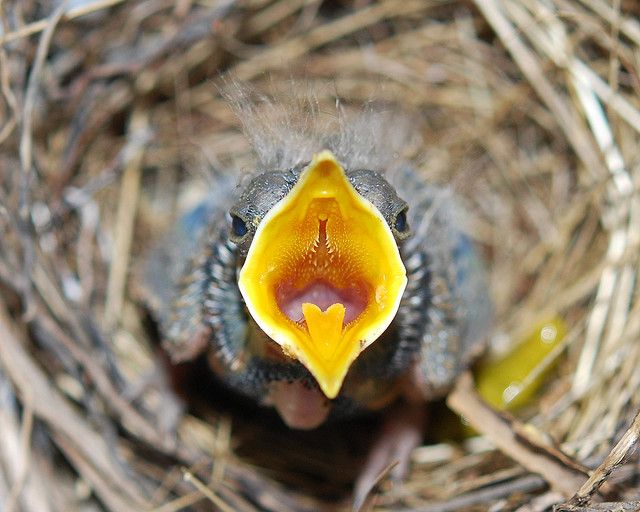 While one bird stays at home, the second is looking for food in the sea - mostly squid. nine0005
While one bird stays at home, the second is looking for food in the sea - mostly squid. nine0005
While the egg is incubating, one of the partners may leave the other for a period of two to thirty days and move away from the colony up to 3500 kilometers. However, after the appearance of the chick, the duration of travel for food is reduced to two to four days, and the birds stay on average 256 kilometers from their native island.
Between 2008 and 2014, McCully and her co-authors observed 71 pairs of albatrosses from Possession Island. 50 pairs were tracked over one breeding season and 21 over several. To record the movements of albatrosses, one partner from each pair was attached to a paw with a salt water sensor that recorded how much time the bird spent on land or in flight, and how much time it spent sitting on the water. The authors also took into account data on the age of albatrosses (it ranged from seven to forty-two years) and their character. The latter was rated on a scale of "reactivity - proactivity" - in other words, the researchers were interested in how boldly or, on the contrary, each bird behaves shyly.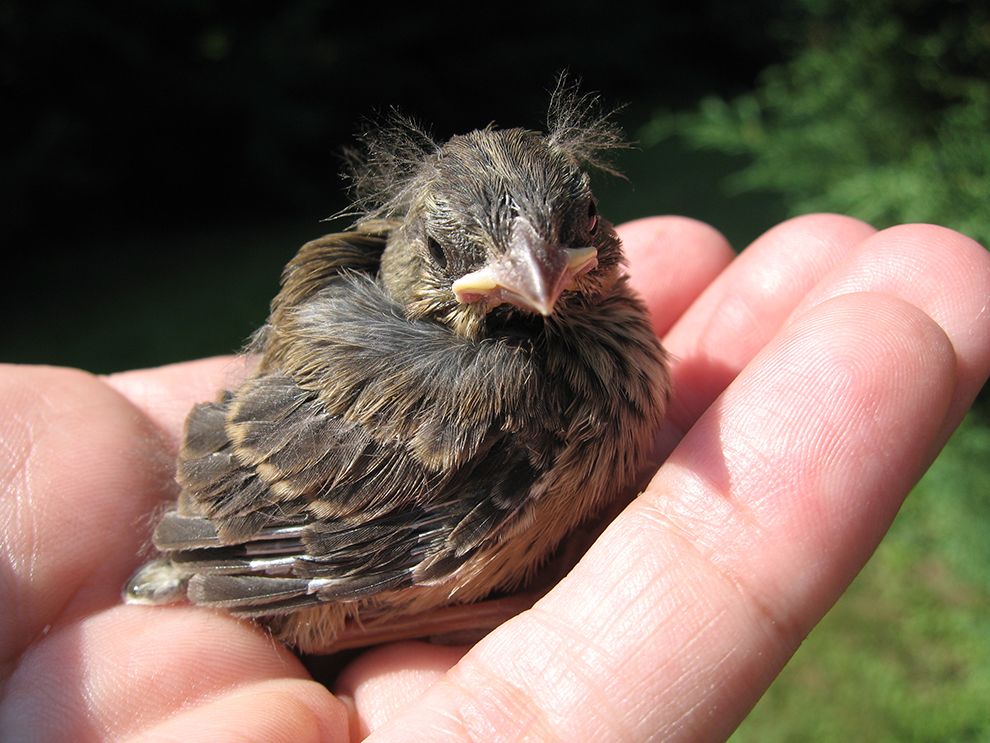 nine0005
nine0005
Based on information from salt water sensors, the authors analyzed the duration of albatross foraging trips, 260 of which were made during the incubation period, and 611 during the warming of the chick. It turned out that during the period of incubation, females were weaned from the nest for a longer period than males (on average 121.62 hours versus 147.33 hours). At the same time, the more courageous and older the partner of the bird was, the shorter was each of her trips for food.
During the period when it was necessary to keep the chick warm, the bolder albatrosses made shorter foraging trips. For females, this pattern was more pronounced than for males. As in the incubation period, males and individuals with more daring partners spent less time looking for food. In addition, in newly formed pairs, on average, partners left the nest for a longer period than in long-established ones (75.41 hours versus 64.01 hours). However, the age of the bird itself or its partner did not affect the duration of its absences during this period. nine0005
nine0005
The results of the study showed that the time that an albatross spends in search of food depends on its sex and character, the age and character of its partner, the duration of their relationship, and the stage of reproduction. Thus, when these birds decide how far they can leave the nest, they take into account the willingness and ability of the partner to care for the offspring.
Thus, male albatrosses, due to their larger size, catch more prey in a shorter period and are able to spend more time without food. Therefore, they may allow females to spend more time at sea and less time on the nest. nine0005
Older albatrosses, on the other hand, are less able to tolerate long periods of starvation, so their partners during the incubation of eggs try to return to the nest as soon as possible and give them the opportunity to go in search of food. However, during the heating of the chick, albatrosses lose weight so much that they can no longer adapt to the needs of an elderly partner. In addition, after the chick hatches, the risk of one of the partners leaving the nest is sharply reduced, which makes it possible not to worry so much about his interests. nine0005
In addition, after the chick hatches, the risk of one of the partners leaving the nest is sharply reduced, which makes it possible not to worry so much about his interests. nine0005
In long-established pairs, albatrosses are likely to better sense the needs of partners, therefore, during the period of incubation, the chicks, on average, are weaned for a shorter period. However, in general, the level of coordination within pairs turned out to be approximately the same throughout the population. To increase reproductive success, Possession Island albatrosses try to take into account the interests of the partner, regardless of his age and the nature of the partner, as well as the stage of reproduction.
We previously reported on another study of wandering albatrosses from Possession Island. Ornithologists have found that in the local population of these birds, shy males are more likely to break up with partners than their more courageous and risk-averse relatives. nine0005
Found a typo? Select the fragment and press Ctrl+Enter.
How to feed the found chick, how many times a day
If you find a chick, the first thing you need to do is determine its species. Feeding granivorous, insectivorous and predatory chicks have their own differences. But in the early stages of feeding, you can use the same feeding methods, and then, after finding out what kind of bird you found, transfer the chick to the appropriate feeding.
Here is one of the most common feeding options for granivorous and insectivorous chicks. This nutrient mixture is well used for feeding for chicks and fledglings from the passerine family. To prepare our mixture, we need the following products: Boiled egg, low-fat cottage cheese, raw carrots, meat (beef, chicken, turkey), greens (lettuce, dandelion leaves, wood lice), hamarus and daphnia, Calcium gluconate (shell from boiled eggs) glycerophosphate , children's dry dairy-free porridge or boiled millet (without salt and fat on the water). nine0005
Action one. Boil the egg, free from the shell. We free the shell from the shell film. Grind the egg as much as possible, you can use a grater with small holes.
We free the shell from the shell film. Grind the egg as much as possible, you can use a grater with small holes.
Second step. Boiled meat, it is better to take the pulp from the breast of a turkey or chicken and also chop or divide into fibers. The mixture will require meat 40 (for granivorous) and 60 grams (for insectivorous).
Third step. Take washed carrots of a small size, grate them on a fine grater, then squeeze the juice and we will use the remaining pulp. nine0005
Fourth step. We take not sour and not fatty cottage cheese. Cottage cheese should have 0% fat content, anything above is considered fat for poultry. We need 90-110 grams of cottage cheese. Sour cottage cheese must be boiled twice changing the water and then it will be suitable.
Step five. You can use greens to add the mixture, but you can do without it for the chicks. And so you can take the greens listed above, chop and add 1.5 teaspoons to the mixture.
Action six. To the above ingredients, add 1. 5 -2 tsp. dairy-free porridge or boiled millet (well boiled, without salt and fat in the water). nine0005
5 -2 tsp. dairy-free porridge or boiled millet (well boiled, without salt and fat in the water). nine0005
Step seven. To the mixture we add the shell from the boiled egg, which must first be ground in a coffee grinder, plus one fourth of the crushed tablet of glycerophosphate. If it is not possible to find glycerophosphate, then you can purchase bone meal and add one fourth tsp. in powder form. At the very least, the shells are enough for now.
Step eight. We take chopped hamarus and daphnia and add about 1 tsp to the resulting mixture. Then we mix everything, it turns out a very thick, crumbly porridge, it should not stick to the fingers. If the mixture is sticky, you can add dairy-free porridge or powdered cereals. nine0005
From the resulting mixture we roll small balls no larger than a small pea, focus on the size of the chick's beak. You can feed 2-5 balls at a time and after each feeding drink plain water from an insulin syringe with a removable needle (without a needle) 4-6 drops.

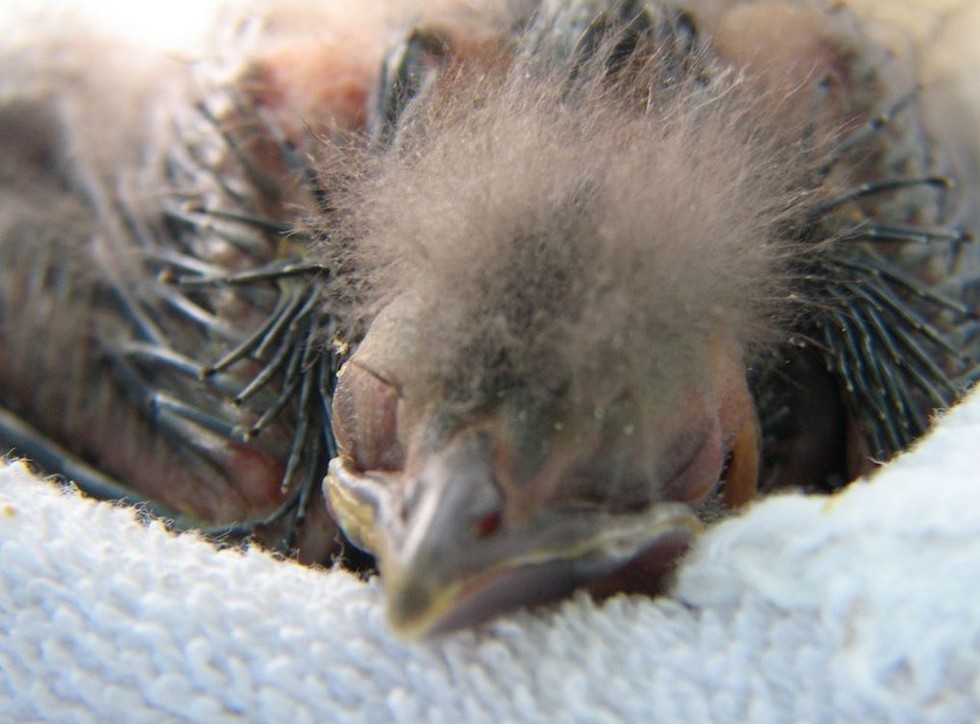 HARVEY'S
HARVEY'S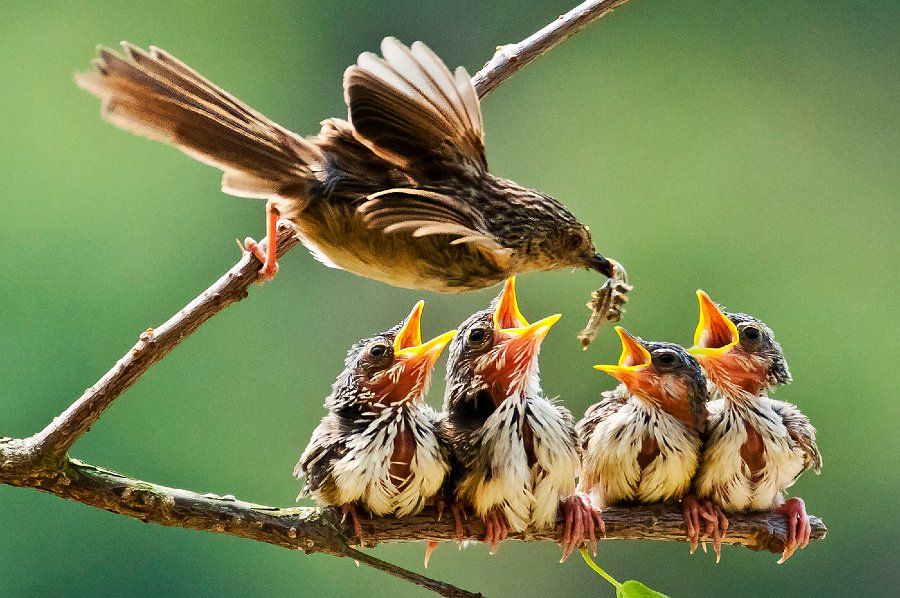 The flexible tube is rounded for smooth entry down the throat and into the baby bird’s crop. The syringe can also be used for crop dosing of medications for adult finches and canaries.
The flexible tube is rounded for smooth entry down the throat and into the baby bird’s crop. The syringe can also be used for crop dosing of medications for adult finches and canaries. 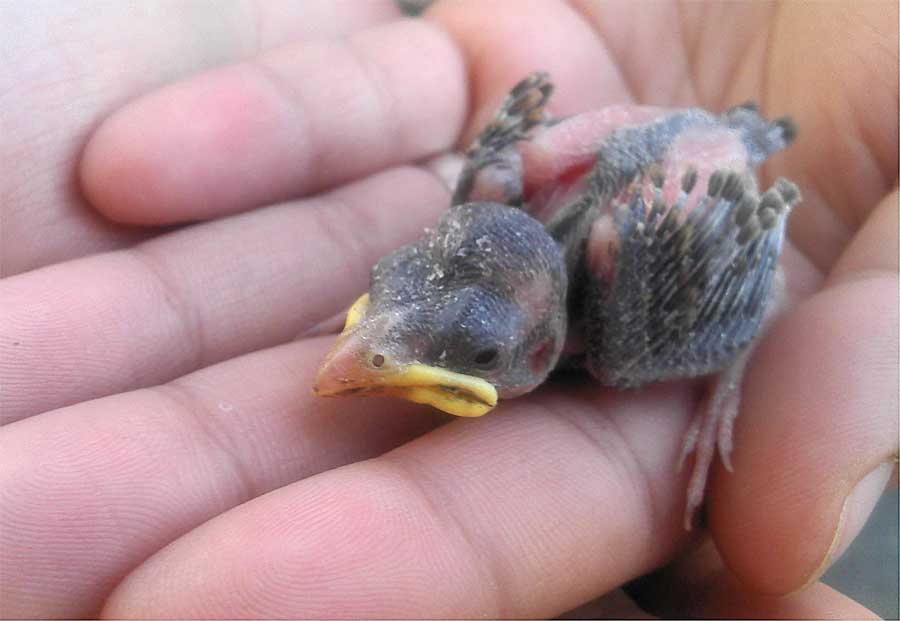 .. 2-3 uses.
.. 2-3 uses.
